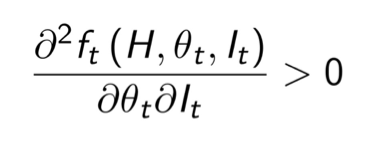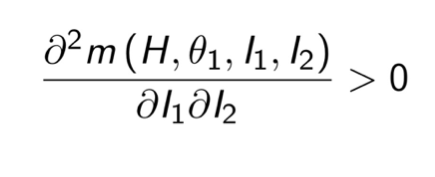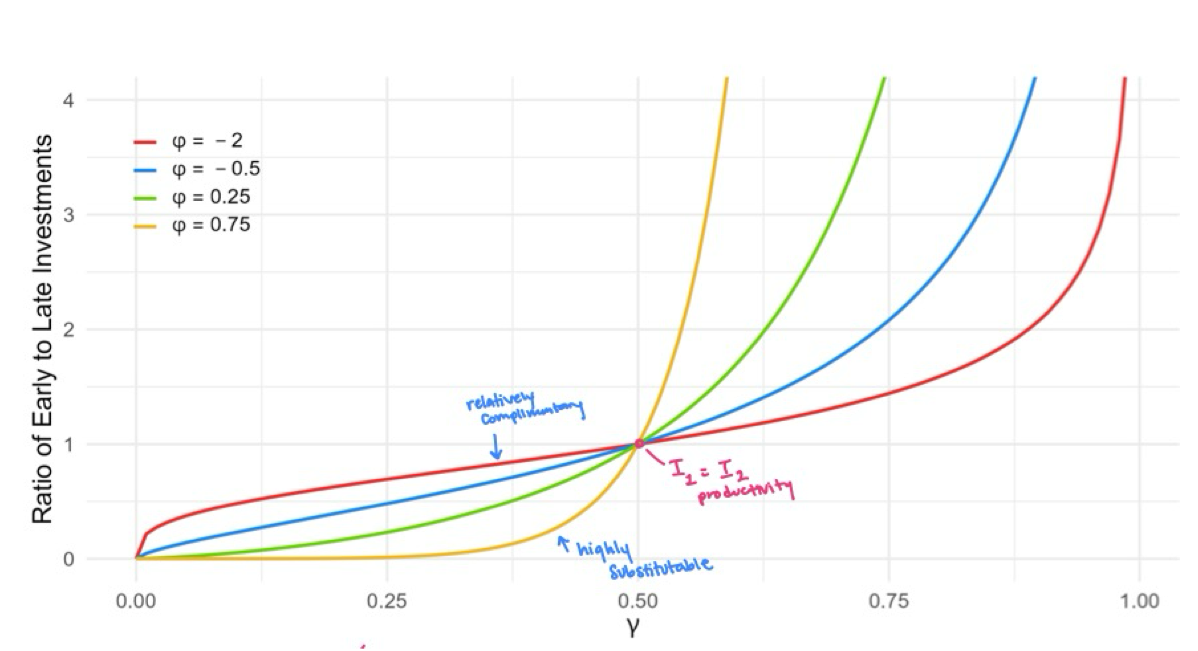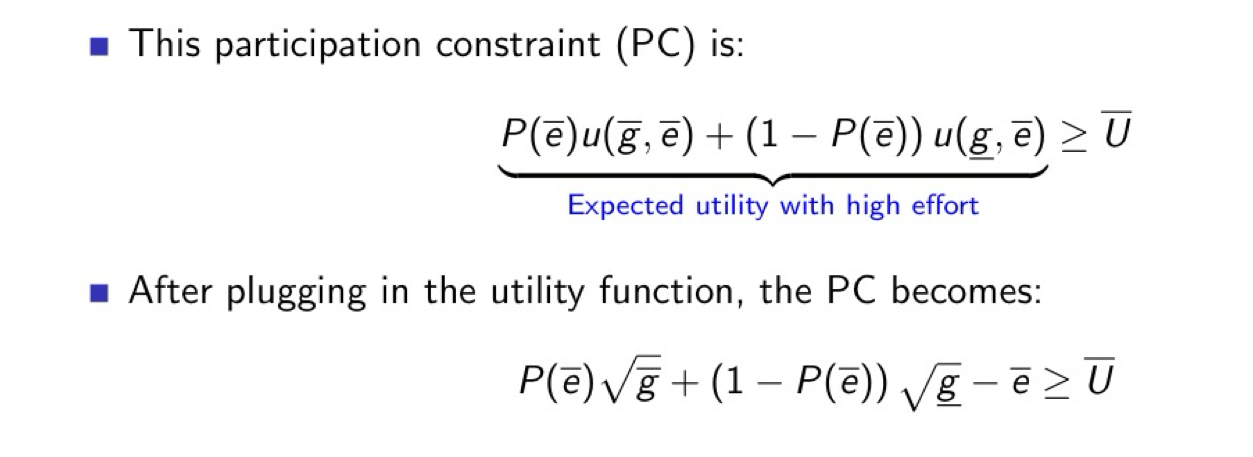Economics of Education and Human Capital
1/24
There's no tags or description
Looks like no tags are added yet.
Name | Mastery | Learn | Test | Matching | Spaced |
|---|
No study sessions yet.
25 Terms
Human Capital
1) Education and training builds skills that command returns on the labor market; (increased wages).
2) Individuals decide how much education and training to get based in part on these labor market returns;(decide education based on incentives)
Differences between human capital and physical capital
A person’s human capital can be owned only by her/himself
It can’t be sold
Can’t be rented
It cannot be seized by a lender if an individual defaults.
Human Capital Model Implications
Higher tuition costs reduce the probability of attending college
Forgone earnings matter (college students not earning anything for first 4 years)
Educational investments should be make when young (the NPV stream is more valuable if there are more years to enjoy it)
Interest rates matter (earnings far off in the future must be sufficiently high to affect choices today)
Both the initial level and the growth rate in earnings matter
Human Capital Enriching the Model
Who pays for college affects Gary’s decision
Gary likes/dislikes college (amenity value of college)
Job amenity (Gary’s preference for blue collar vs white collar)
Increase in the number of years worked (college improves health and is less physically demanding jobs usually)
The course of study matters to whether an individual attends college
Human Capital: Why do people make different decisions?
Individuals make different decisions based on the enrichment model (tution, like/dislike college, heterogenous preferences for jobs)
But individuals also differ in their potential to benefit from college (different initial wage, growth rates, and some people recieve better results from attending college)
Positive Sorting of Gains
The people who receive the most benefit already attend
Negative Sorting of Gains
The people who receive the least benefit already attend, and those who benefit the most don’t attend
Carnerio, Heckman, Vytlacil 2011 Research
Argues that there is positive sorting into college in the US
Students currently attending college have larger earnings gains. Students not attending would have no gains.
Population Studied: Representative sample of the US
ATE: each year of college causes 6% increase in wage
TT: Each year of college causes 14% increase in wage
TUT: each year of college causes 0% increase in wage
Zimmernan (2014)
Finds academically marginal students have large earnings gains from college.
Student who gained admissions to FIU experienced a 22% gain in earnings 8-14 years after high school graduation
Population: Students at margin of admission to Florida State Universities
Stinebrickner & Stinebrickner
Studied how Berea college students updated their beliefs about their own abilities which explained the drop out rate.
Students @ the college entered with overoptimistic views about academic ability
When they received grades students revised their beliefs (usually down)
40% of dropout can be explained by students learning about their academic abilities.
O’Connor (2000)
Remediation seems to be less effective the later it occurs (Age of Investment matters)
Flinn, Todd, Zhang (2023)
“Big Five” personality traits:
studied non-cognitive skills have a direct effect on wage and also build cognitive skills (Perseverance, motivation, emotional self-control, etc)
Emotional Stability (increases wages)
Agreeableness (decreases wages)
Conscientiousness (increases length of employment)
Openness to experience (decreases length of employment)
Extroversion (decreases length of employment)
Self-Productivity of Skills
Higher skills in period t → higher skills next period

Skill Investment Complementarity
Investments are more productive if skills are higher

Dynamic Complementary
Investments in earlier periods make investments in later periods more productive and vice versa.

Elasticity of Substitution

Measures how easy it is to substitute between inputs and keep outputs fixed.
Cunha, Heckman, and Schennach (2010)
Shows that skills are multidimensional and self-productive
Estimates higher elasticity of substitution between skills and investments at early ages
Higher substitution between skills and investments benefit the low skilled students the most early on.
Jackson and Johnson (2019)
Tested for the presence of dynamic complementarities in educational investments
Examined access to Head Start and court-ordered school finance reforms
Found dynamic complementarity between the two
Also found it increased additional years of education, probability of HS graduation, higher wages and less likely to be incarcerated.
Incentive Constraint

A student who exerts high effort must prefer it to low effort.
Upward sloping- highlight area below
Participation Constraint

A student who exerts high effort must also prefer it to their outside option.
Downward sloped- highlighted above the line
Intuition for the Participation Constraint
For a student to want to take the course & exert high effort there must be a high expected reward: This is the case if:
high expected grades
exerting high effort is not costly
the utility of the outside option, U, is low
Intuition for the Incentive Constraint
For a student who is in the course to want to exert high effort rather than low effort, there must be:
A large grade difference between high and low grade
A small difference in the cost of effort
A strong connection between effort and grades is large (means effort has a significant impact on getting an A in the course).
Oosterbeek 2021
Had evidence that age 12 is too early to track.
Month of birth affects students’ tracks in the Netherlands
Typically the strongest students were born in Sept and the weakest in August
Maturity impact, people are then sorted based on when they were born
Duflo, Dupas, Kremer (2011)
Kenya centralized education experiment where 60 schools was assigned students classes based on initial ability while the other school was based on randomization.
Findings: Students test scores benefited from tracking (with no statistically significant difference between the tracks).
Define “concerted cultivation”
as the deliberate organization of childhood
around intellectual and socioemotional development.